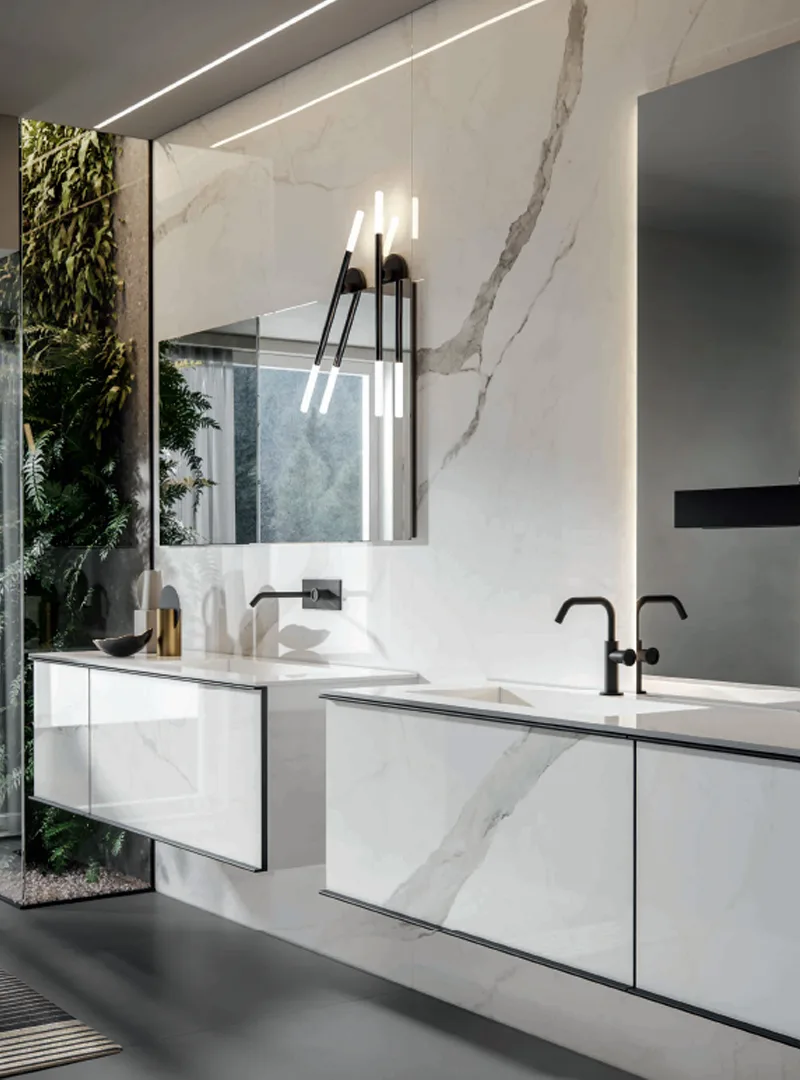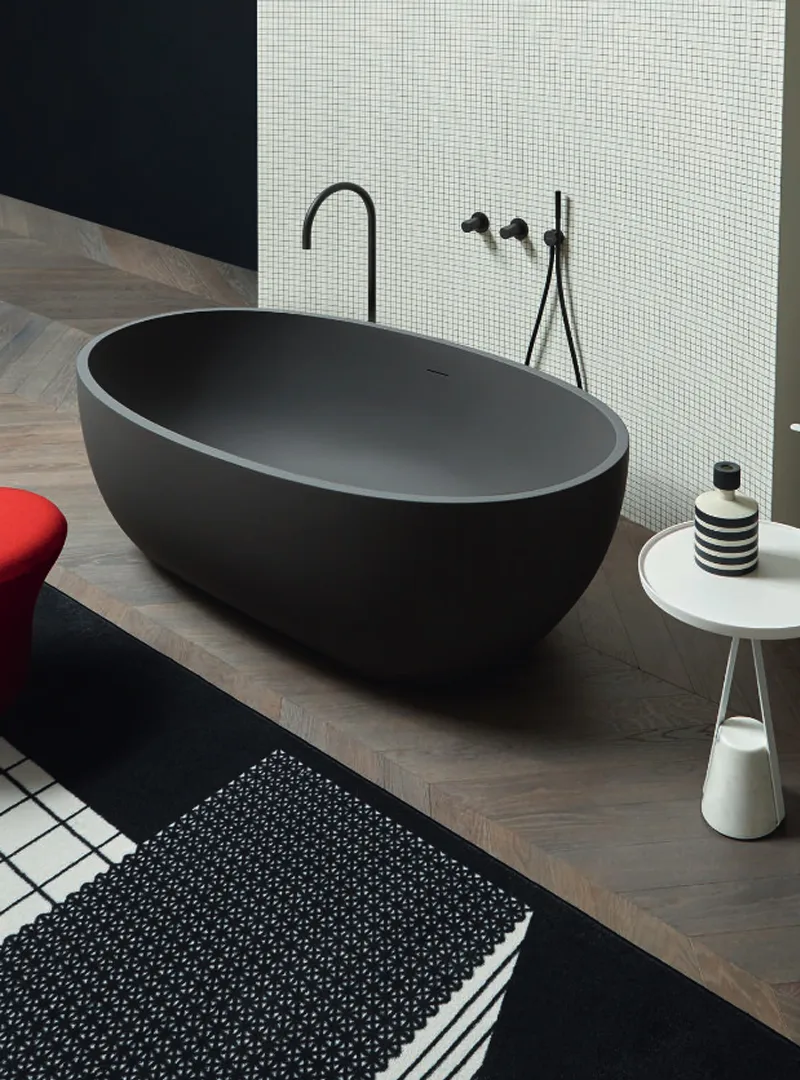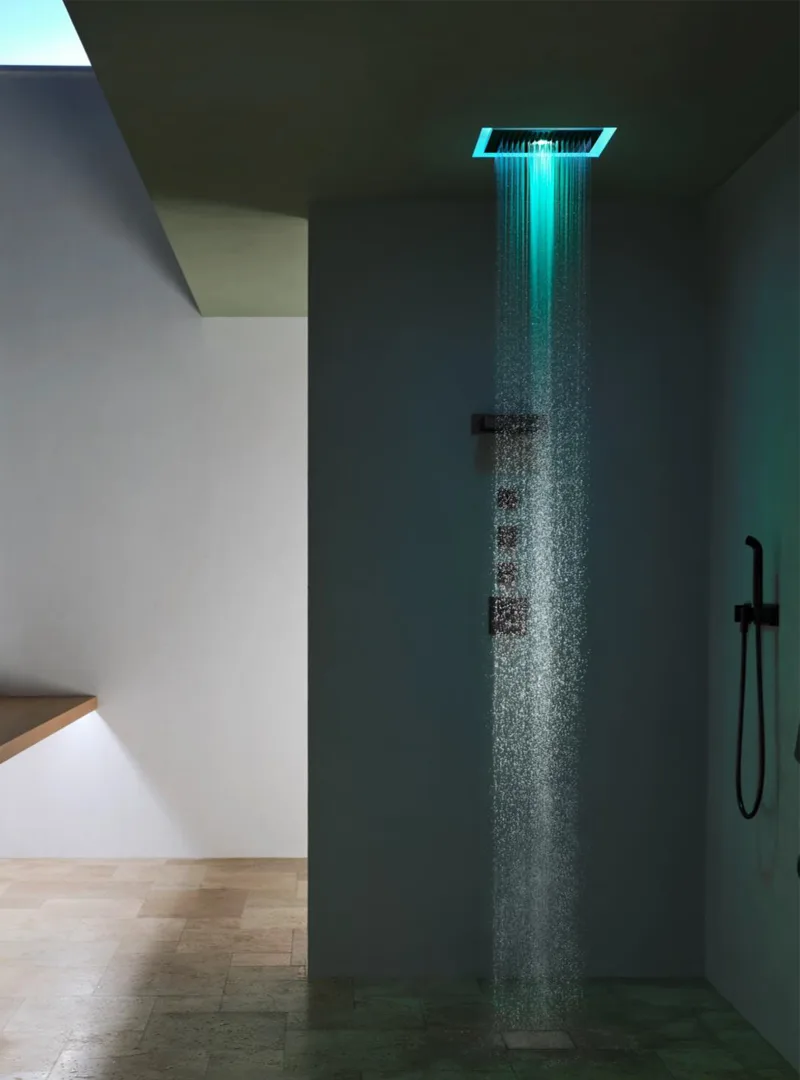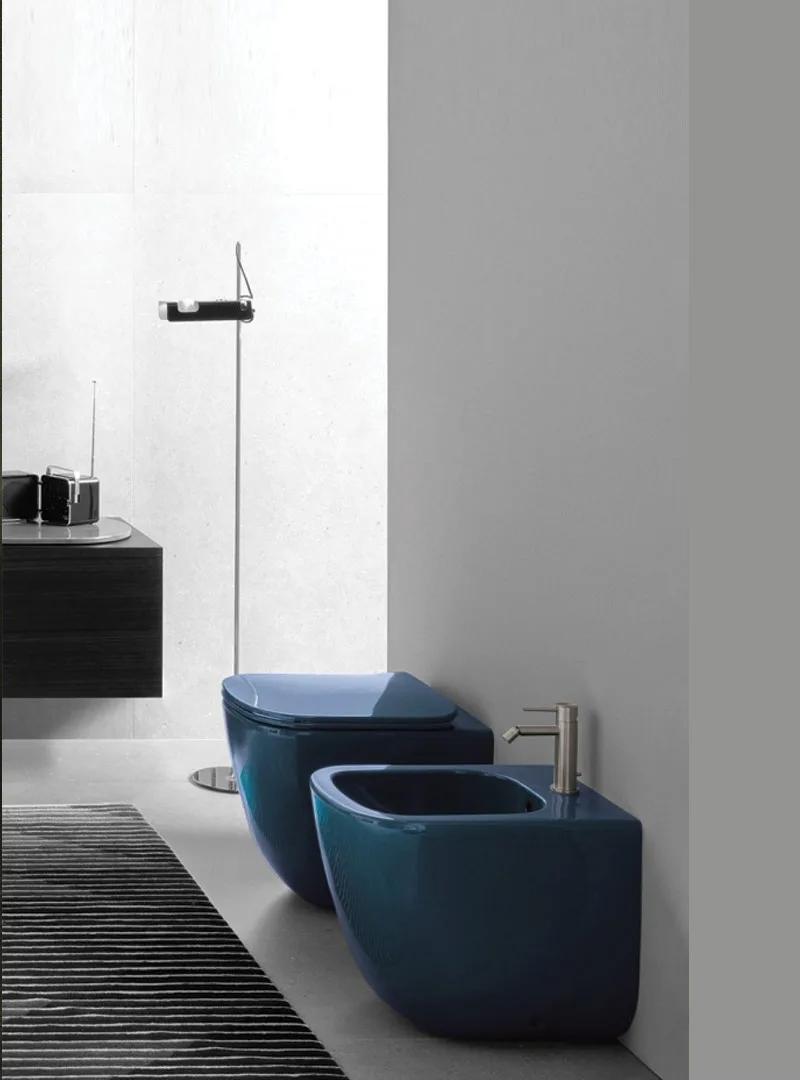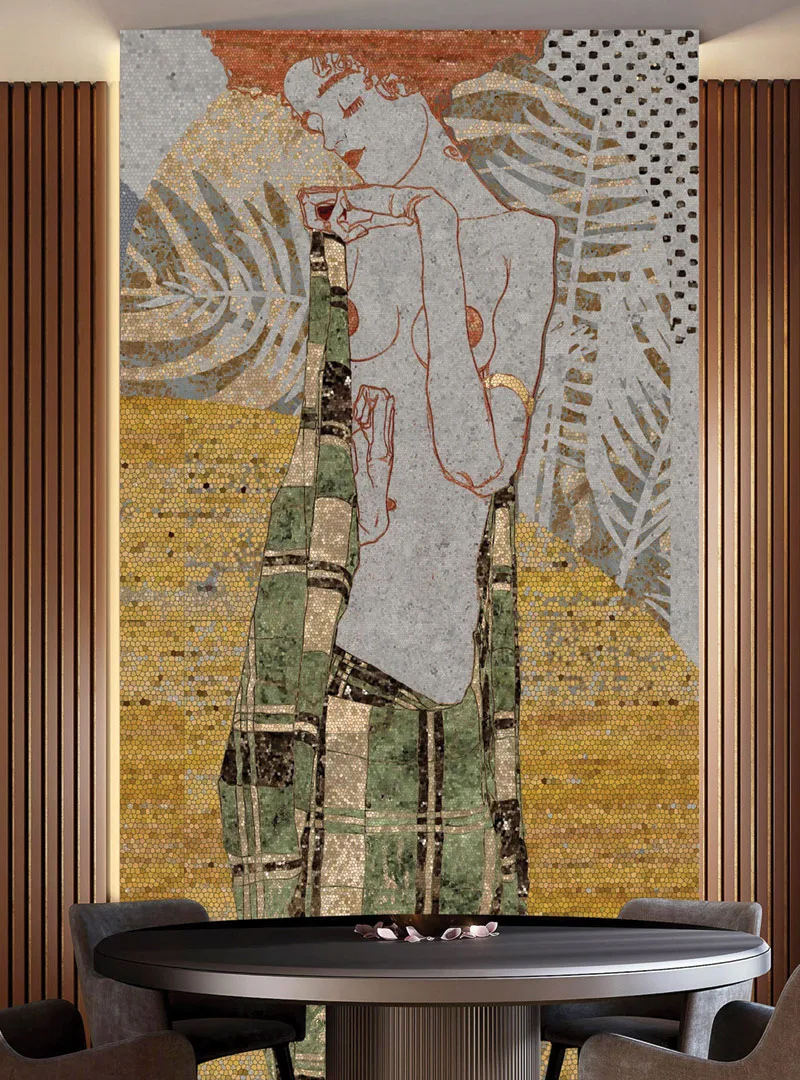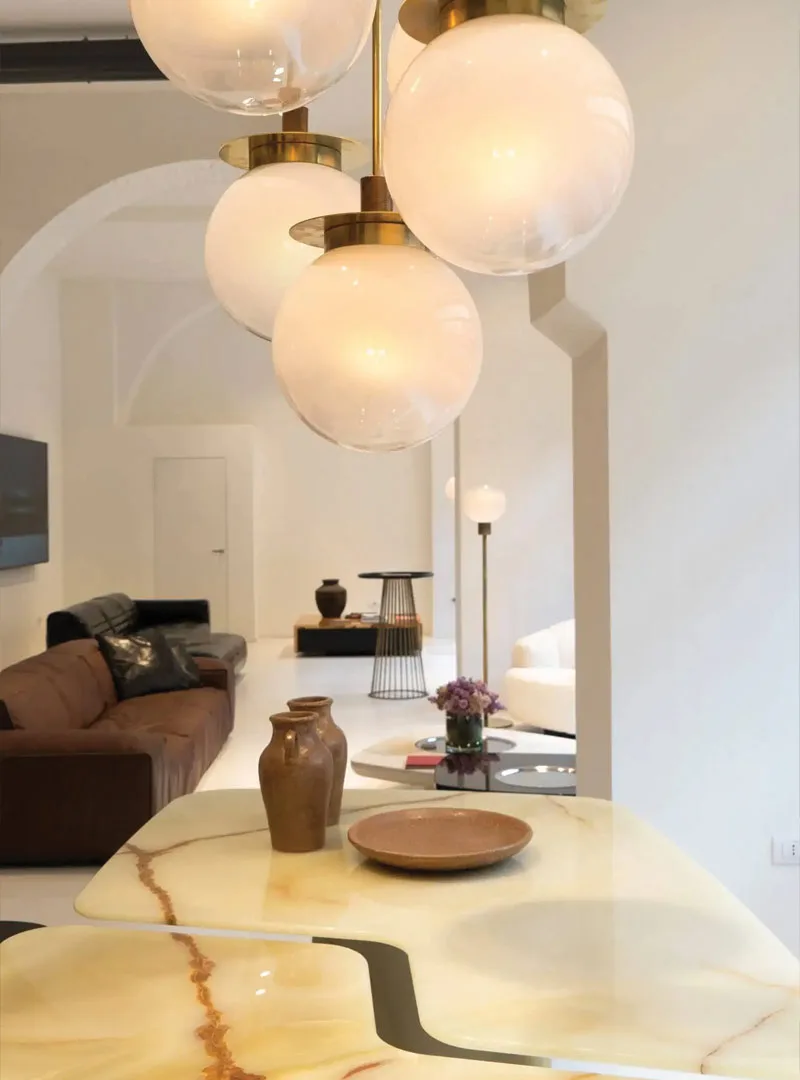PIETRA PECE

One of the trademarks owned by the Nerosicilia company s.r.l is called Pietra Pece, and it is known for producing pietra pece wall and floor tiles. Pietra Pece, a limestone with chromatic color shifts that truly distinguish it from other limestones, is taken from Tabuna Descat, the sole known quarry in Ragusa. These range in color from light grey to darker brown, and the inclusion of fossils and veins increases their value and unmistakably distinguishes them. The Iblean mountains’ white and dark stone has been used for every kind of artistic expression since the beginning, from adornment to architecture. Every single stone is a reflection of Sicily’s ideals, way of life, and creativity. Pietra Pece’s challenge centers on the notion of creating a modern surface.
The origins of the pietra pece are ancient. Two thousand three hundred years ago, anonymous stone-cutters dug two sarcophagi to preserve the everlasting resting place of unknown Ragusans. Tombs excavated in two blocks from an unknown rocky outcrop in Contrada Tabuna, on Ragusa’s immediate southern boundaries. With its epicenter in Ragusa, the stone was taken from only 300 hectares between the Irminio River valley and the major route to Mazzarelli, now Marina di Ragusa.
At the end of the 18th century, the French painter Jean Houel visited this part of the island. He spent many weeks in Ragusa. He went to the locations where the dark, fragrant rock is mined and penned a few sentences about it. We believe that those lines by the transalpine artist (author of the most beautiful gouaches of the time, with magnificent reproductions of Sicily’s most beautiful places) should be read by his compatriot Deodat de Dolomieu, who understood and described the qualities of mountains and minerals.
Pietra pece is present in many expressions in the churches of the ‘late Sicilian Baroque’ style, i.e., those built after the tremendous earthquake of 9 and 11 January 1693, which convinced UNESCO to include as many as eight municipalities in south-eastern Sicily on the World Heritage List, i.e., the so-called ‘goods of humanity’. Foundations, floors, stairs, and steps are examples of craft items. Statues, columns, capitals, holy water stoups, and aesthetic staircases are examples of artistic structures. One example among many will suffice: the access stairway and railing connecting the church to Madonna Immacolata’s convent in Ragusa Ibla. A baroque accomplishment in pitch-black form. There is also a significant artistic and architectural heritage in.
Indeed, the stone transforms the floors, particularly those inlaid with white rock and maybe Calatine porcelain, into true marvels, extraordinary geometric patterns that fascinate and enchant the visitor’s sight. That stone we name “petrapici” is quite old. Using it today is not only an attractive means of adorning and beautifying our houses, but it is also a wise way of passing on historic traditions and an endless sense of beauty.
